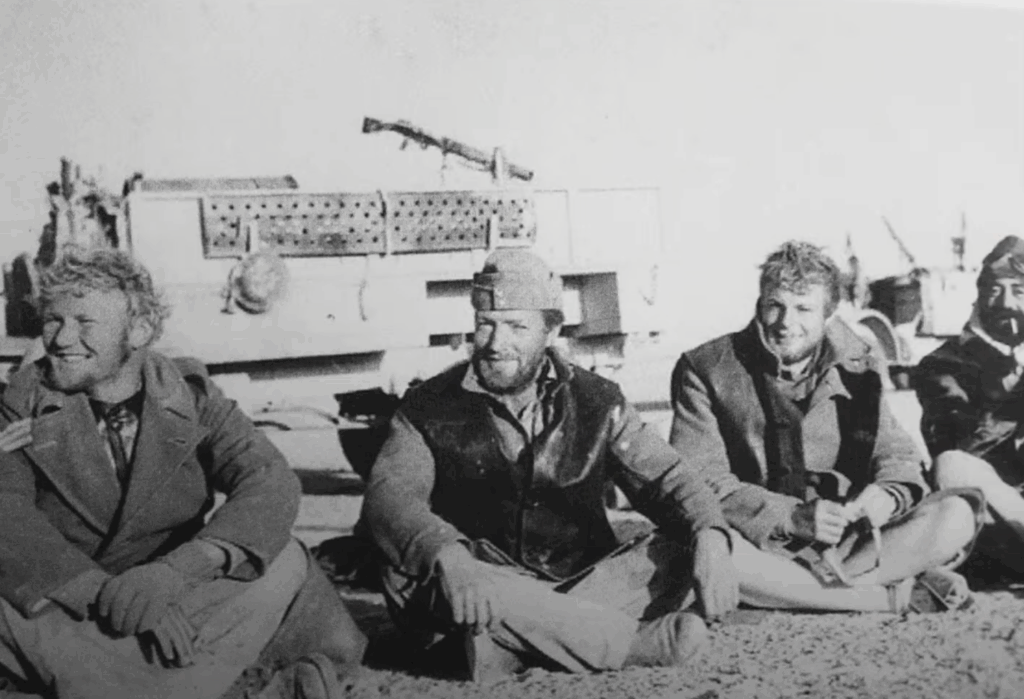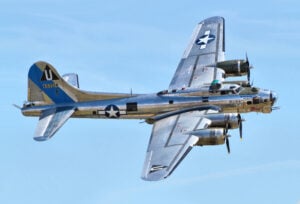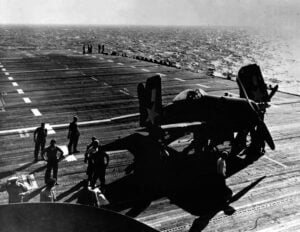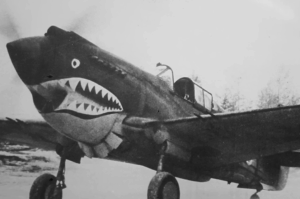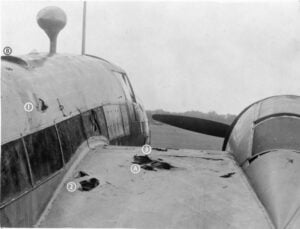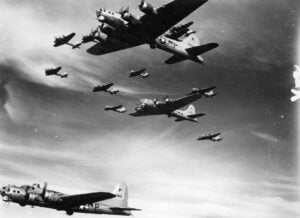How A Group of British Special Forces Destroyed More Than 30 German Planes During WWII
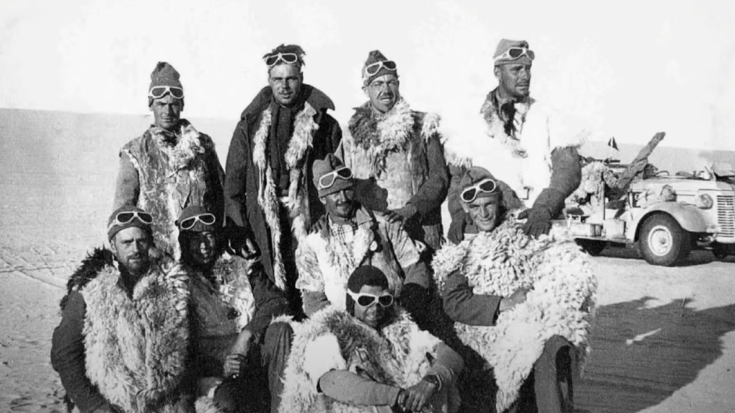
WW2TV / YouTube
Into the Desert
In July 1942, a small group of British special forces headed into the North African desert under cover of night. Their leader, Major David Stirling, was leading 18 jeeps and a mix of British and Free French troops toward a German airfield located more than 200 miles northwest of Cairo. This was no ordinary mission—it required deep penetration behind enemy lines, and there was no backup waiting if things went wrong.
The vehicles moved carefully through the sand. Stirling, though confident in his men, felt uneasy. The airfield was supposed to be close, but nothing could be seen. Then, without warning, the darkness was broken by bright lights—runway beacons. A German transport plane was about to land. It was the sign they needed. The airfield was right in front of them.
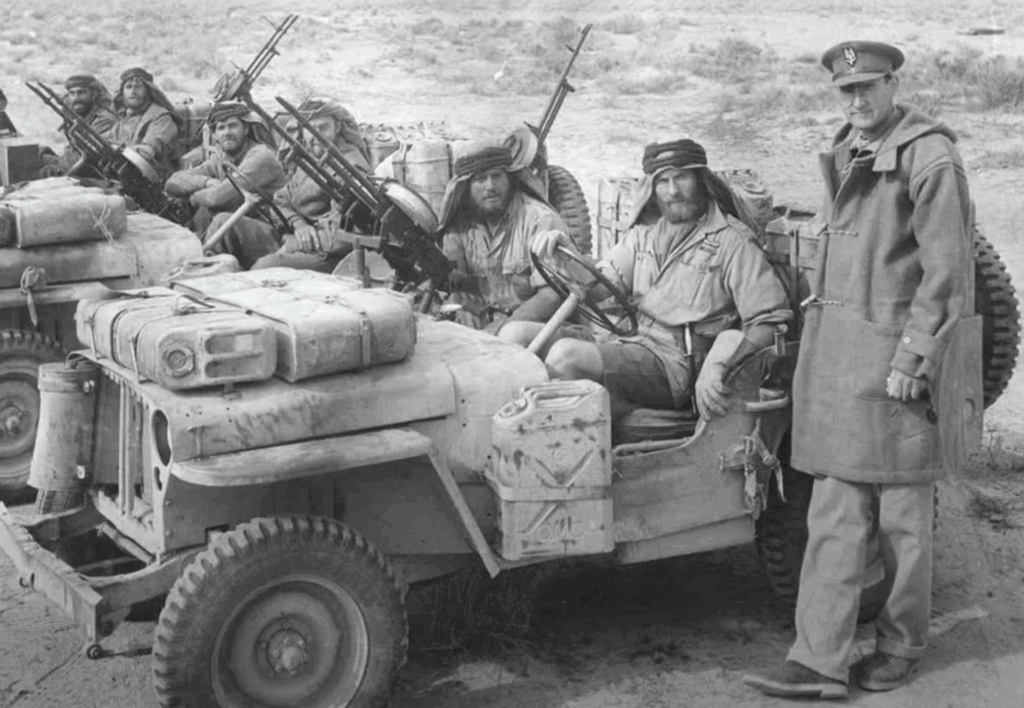
First Wave of Attack
On each jeep were mounted twin Vickers K machine guns. Once Stirling gave the order, the jeeps formed into a line and drove forward. From around 800 meters away, they opened fire. As remembered by one of the men, it started with a short burst, then turned into total chaos. Sixty-eight machine guns unleashed a wave of bullets—34,000 rounds per minute—onto the runway.
The noise and fire created pure confusion for the defenders. Tracer bullets, both red and white, lit up the airfield. Incendiary rounds set many planes on fire. A German Ju 52 transport that was landing had no choice but to continue its descent and was caught in the attack.
After the lights were cut by defenders, Stirling launched a flare into the sky to guide the next phase. The jeeps rolled directly onto the airfield in formation and tore through the parked aircraft. Dive bombers, fighters, and transport planes all fell to the storm of bullets. Even though the jeeps moved slowly—barely faster than walking speed—they faced no resistance at first.
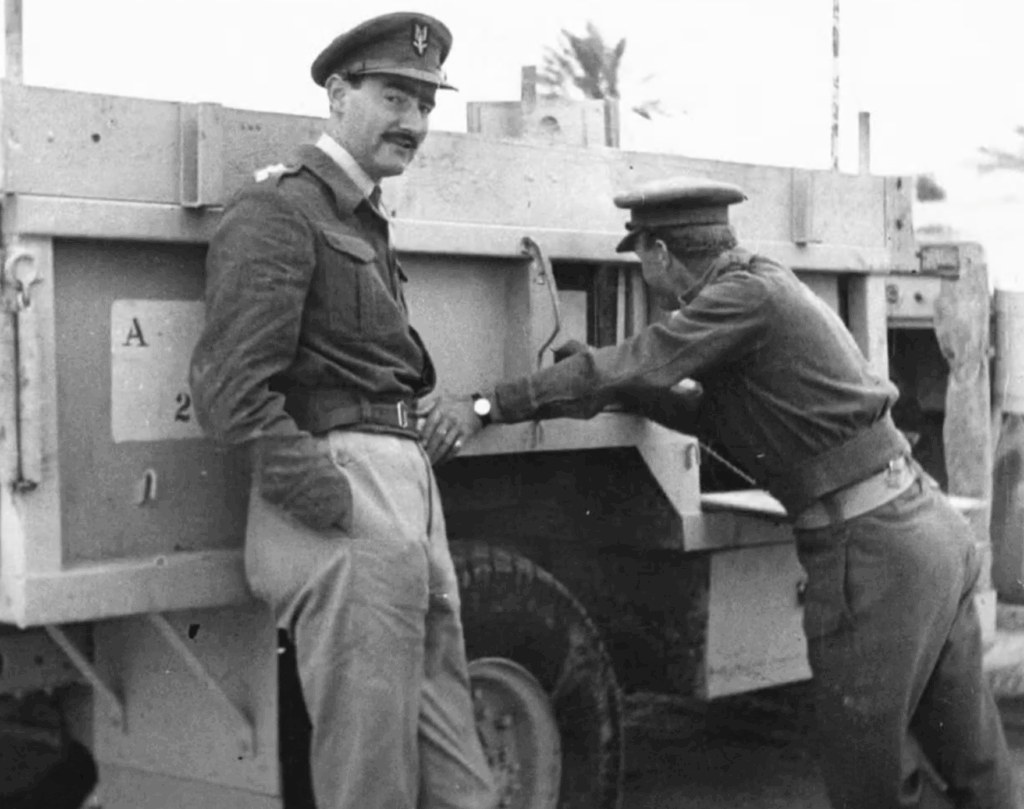
Breaking the Defense
Eventually, the German defenders regrouped. A few soldiers manned a 20mm Breda gun and readied mortars. One of them shouted, “If we don’t stop them, all is lost!” Mortars began falling among the jeeps, nearly hitting French commander Andre Zirnheld. Bullets flew overhead as the defenders opened fire wildly.
One of the British gunners, Trooper John Robson, was hit and killed instantly. Stirling’s jeep also took a hit and stopped working. He was forced to switch vehicles. As he climbed aboard another, he saw Robson’s lifeless body, his head resting on the back gun. Despite the loss, the jeeps kept moving, taking out the Breda gun and pushing forward.
Stirling called for a full stop. The airfield went quiet except for the sound of burning planes. The team checked on each other. Robson was their only casualty. They had enough ammunition to continue.
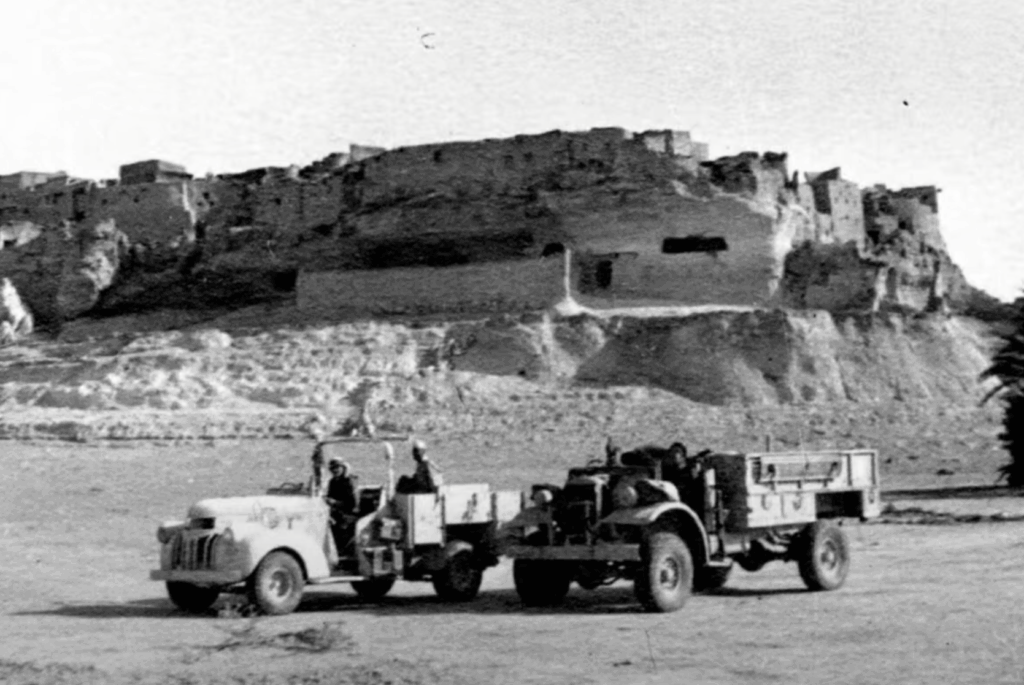
Second Strike and Escape
Stirling ordered one more sweep of the area. They drove slowly through the wreckage, destroying any remaining planes. One untouched Bf 109 fighter was found and reduced to metal scrap. As Stirling fired a red flare into the sky to signal retreat, Captain Paddy Mayne spotted a Ju 52 transport still intact. Without waiting for orders, he jumped out, placed a bomb on its wing, and ran back just as it exploded.
The teams split into four groups to escape. One led by Lieutenant Carol Mather found a hidden spot to cook breakfast at dawn. But German aircraft were already searching. Stuka dive bombers passed overhead. Mather’s group remained hidden in bushes and avoided detection.
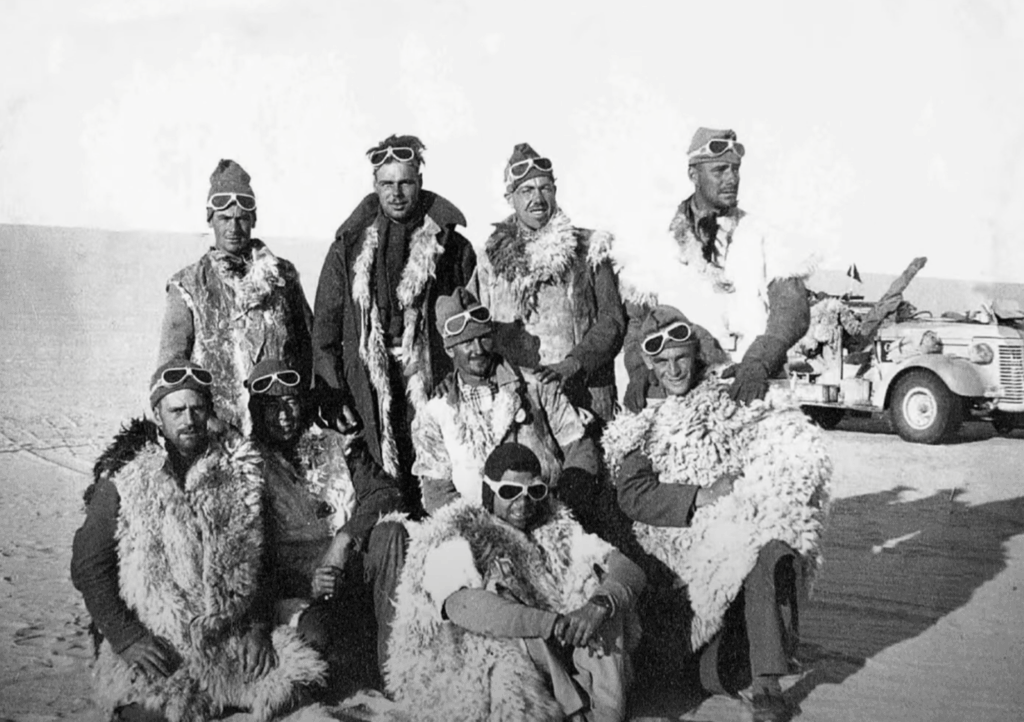
Under Fire and Final Moments
Zirnheld’s French team wasn’t as lucky. Caught in the open, they were spotted. Stukas circled and fired. Zirnheld was hit in the stomach and shoulder. The team rushed him into their only working jeep. Elsewhere, Stirling’s group buried Robson, marking his grave with a cross made from ration tins.
The French raced toward the rendezvous point, but Zirnheld’s wounds were too severe. Just before they arrived, he whispered to his second-in-command, “I am going to leave you. I am at peace,” and then passed away.
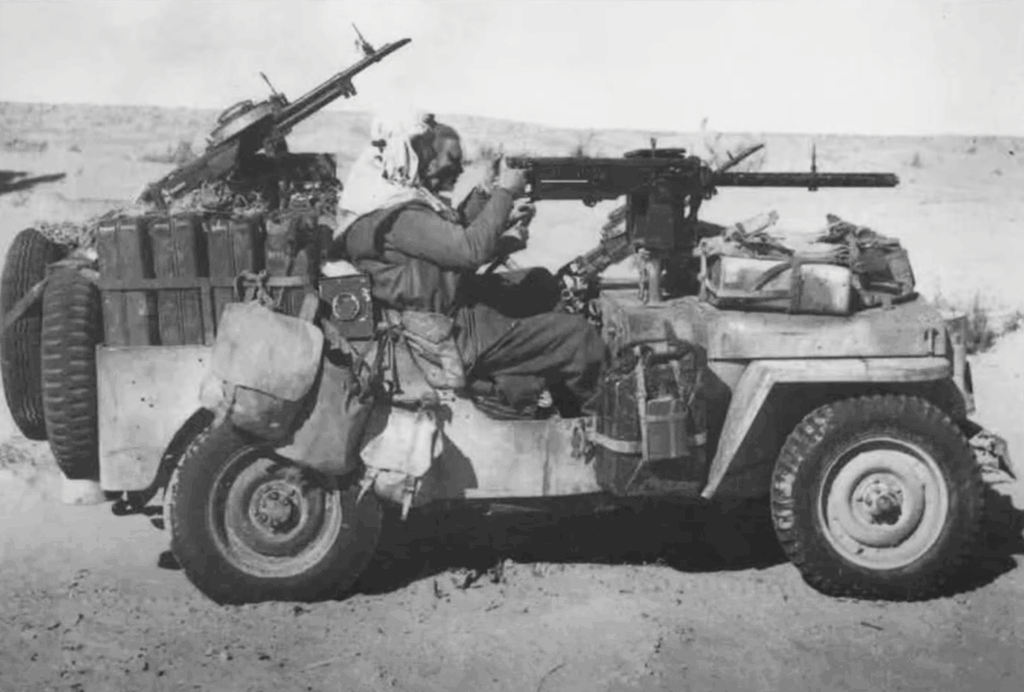
The Return
The British teams struggled to navigate back. One jeep lost a tire, and fuel was running low. Stirling’s group became lost in the desert. At one point, they reached a cliff and couldn’t move forward. But their navigator climbed ahead and spotted friendly jeeps below—the rendezvous point. They had made it back on July 29, two days after the raid.
For this operation, Stirling received high honors, and months later, his unit was officially named the Special Air Service—better known as the SAS.
